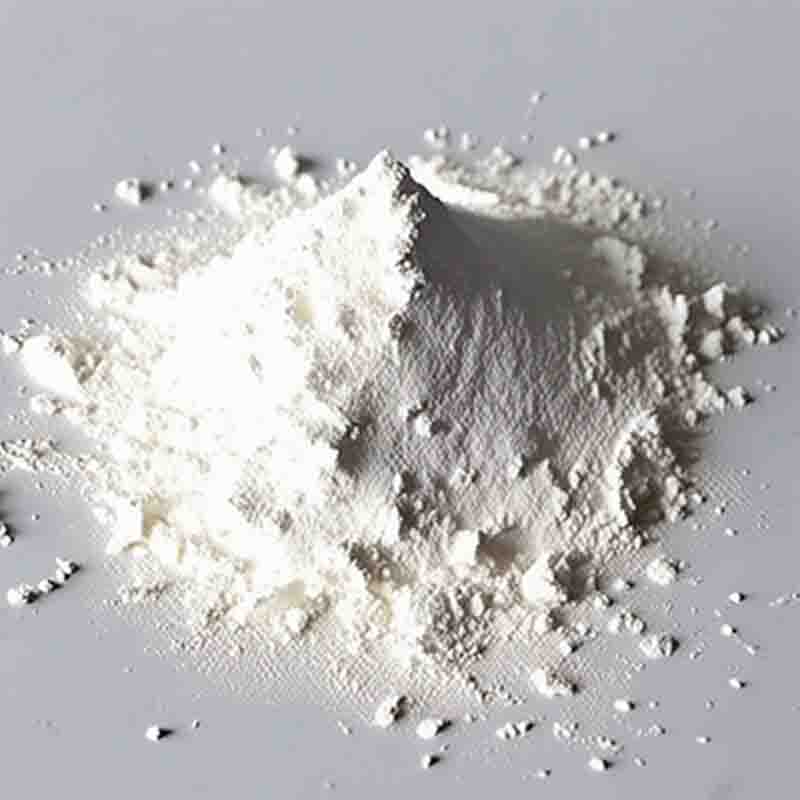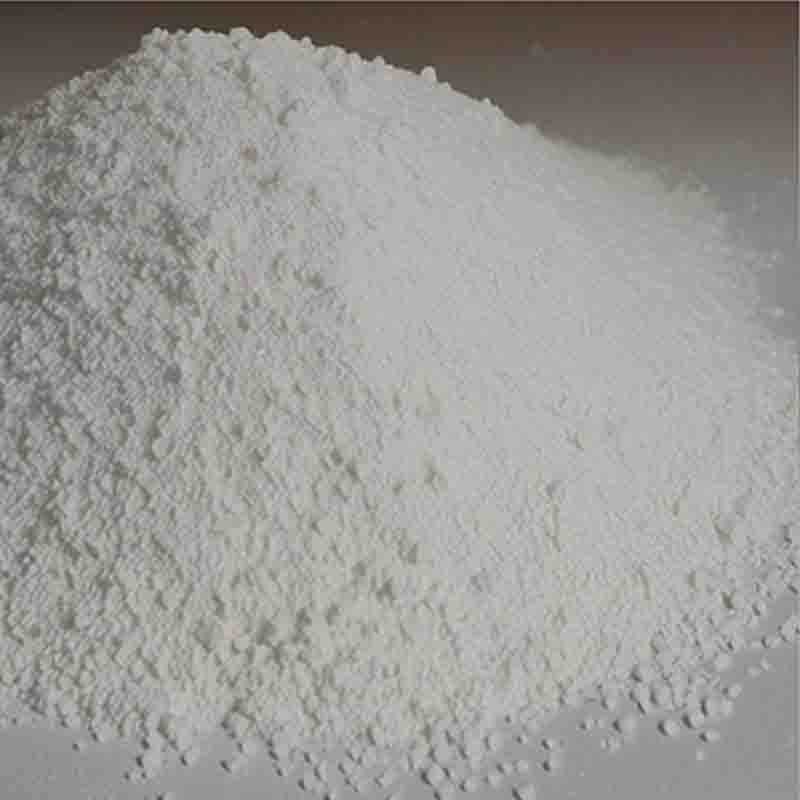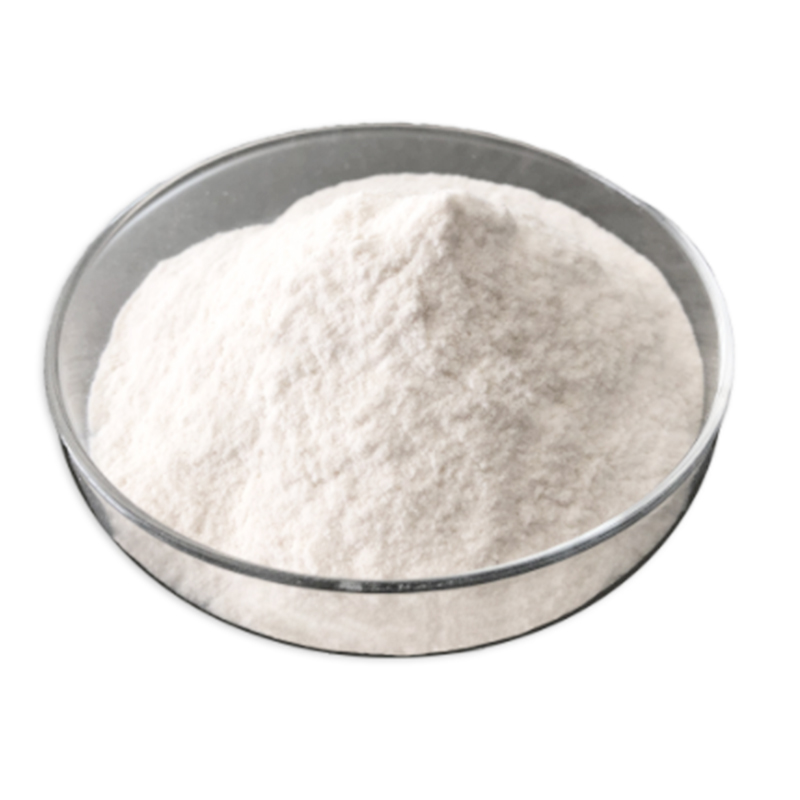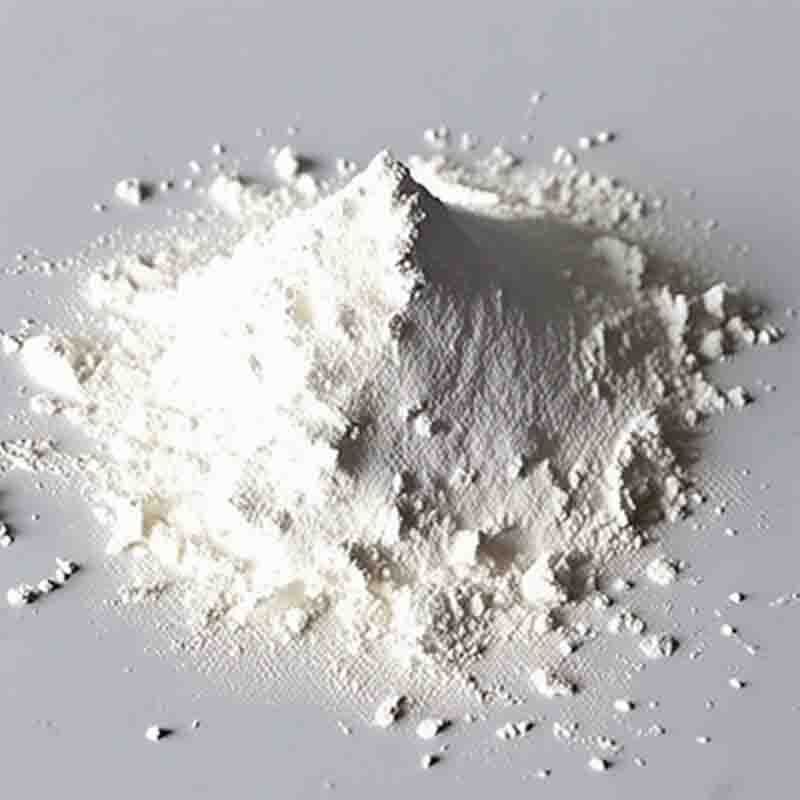(1S)-4,5-Dimethoxy-1-[(methylamino)methyl]benzocyclobutane hydrochloride CAS: 866783-13-3
| Catalog Number | XD93383 |
| Product Name | (1S)-4,5-Dimethoxy-1-[(methylamino)methyl]benzocyclobutane hydrochloride |
| CAS | 866783-13-3 |
| Molecular Formula | C12H18ClNO2 |
| Molecular Weight | 243.73 |
| Storage Details | Ambient |
Product Specification
| Appearance | White powder |
| Assay | 99% min |
(1S)-4,5-Dimethoxy-1-[(methylamino)methyl]benzocyclobutane hydrochloride is a chemical compound that exhibits interesting properties and offers potential applications in medicinal chemistry and drug development.This compound belongs to the class of substituted phenethylamines and possesses a benzocyclobutane core structure. These structural features make it an intriguing candidate for the development of new pharmaceuticals targeting various biological processes.One potential use of (1S)-4,5-Dimethoxy-1-[(methylamino)methyl]benzocyclobutane hydrochloride lies in its affinity for certain receptors in the central nervous system. By modifying its structure, researchers can create derivatives that exhibit selective binding to specific receptor subtypes. This opens up possibilities for the discovery of new therapeutics for conditions such as depression, anxiety, and addiction. The compound's potential as a serotonin receptor agonist or antagonist has been explored, suggesting its possible use in the treatment of mood disorders and other related psychiatric conditions.Furthermore, (1S)-4,5-Dimethoxy-1-[(methylamino)methyl]benzocyclobutane hydrochloride and its derivatives have shown promise in the field of drug addiction research. By interacting with specific neurotransmitter systems in the brain, this compound could potentially be used to modulate the reward pathways associated with addiction and aid in the development of novel treatments for substance abuse disorders.Another potential application of this compound is its utility as a research tool in neuroscience. Its unique structure allows it to interact with neuronal receptors and modulate neurotransmitter release and uptake. Researchers can utilize (1S)-4,5-Dimethoxy-1-[(methylamino)methyl]benzocyclobutane hydrochloride to investigate neural signaling pathways and gain insights into the mechanisms underlying neurological diseases such as Alzheimer's and Parkinson's disease.In addition, (1S)-4,5-Dimethoxy-1-[(methylamino)methyl]benzocyclobutane hydrochloride is valuable in drug discovery and development. Its structural complexity makes it an interesting starting point for the synthesis of new chemical entities with potential therapeutic applications. By modifying its structure and exploring different derivatives, scientists can explore the compound's interactions with various biological targets and potentially discover new drugs that exhibit improved efficacy and reduced side effects.In conclusion, (1S)-4,5-Dimethoxy-1-[(methylamino)methyl]benzocyclobutane hydrochloride offers a range of potential applications in medicinal chemistry and neuroscience. Its unique chemical structure and affinity for certain receptors make it a promising candidate for the development of new therapeutics in the areas of neuropsychiatric disorders, drug addiction, and neurological diseases. Further research and exploration of this compound and its derivatives hold great potential for advancing our understanding of these conditions and discovering new treatments to improve human health.


![(1S)-4,5-Dimethoxy-1-[(methylamino)methyl]benzocyclobutane hydrochloride CAS: 866783-13-3 Featured Image](https://cdn.globalso.com/xdbiochems/白色粉末1120.jpg)
![(1S)-4,5-Dimethoxy-1-[(methylamino)methyl]benzocyclobutane hydrochloride CAS: 866783-13-3](https://cdn.globalso.com/xdbiochems/粉末133.jpg)





![N-methyl-N-[(3R,4R)-4-methylpiperidin-3-yl]-7H-pyrrolo[2,3-d]pyrimidin-4-amine CAS: 477600-74-1](https://cdn.globalso.com/xdbiochems/白色粉末2371.jpg)